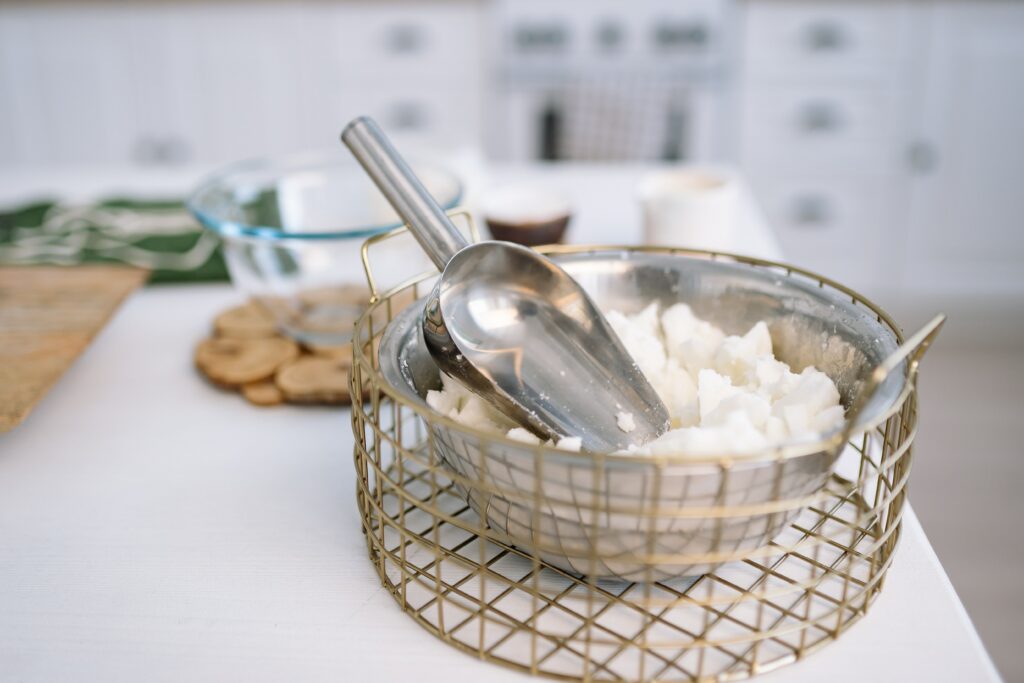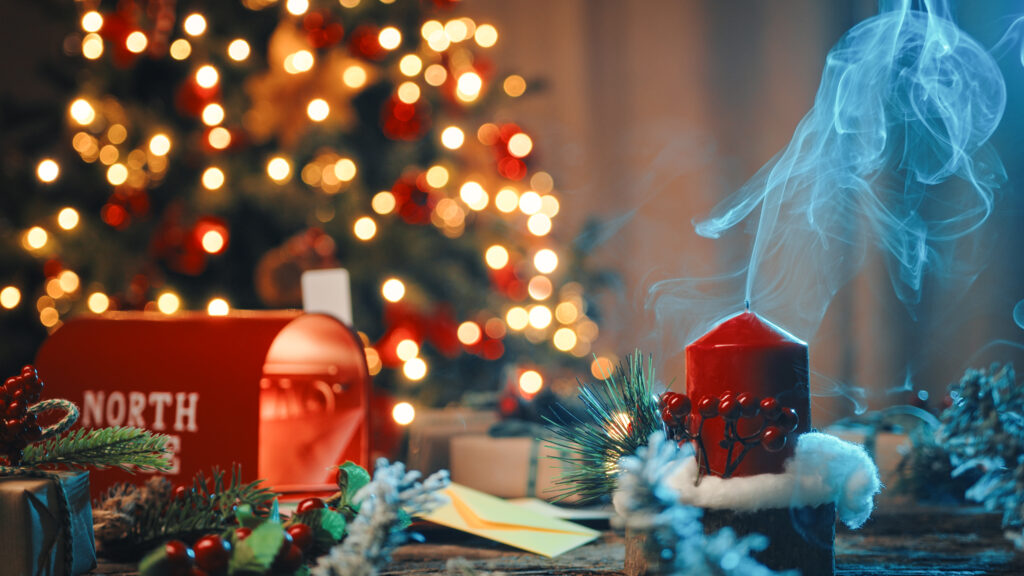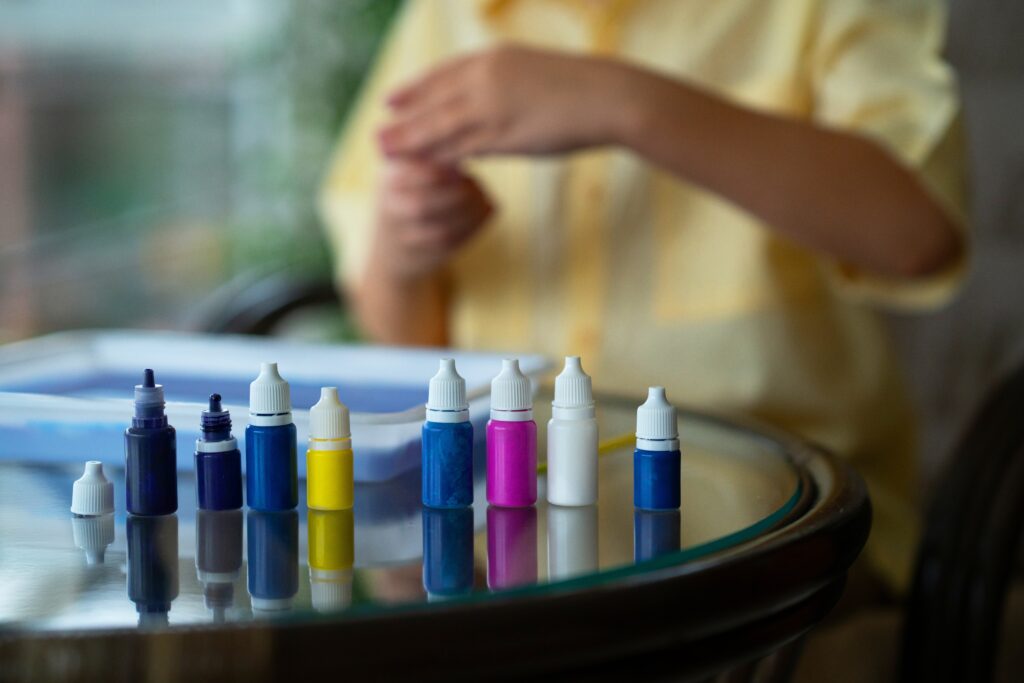Discover Amazing Candle Making Colors: Best Hues and Waxes
Candle making is an art form that combines creativity, science, and a touch of magic. The heart of this craft lies in its ability to transform simple materials into glowing emblems of beauty and ambiance. In this blog post, we’ll delve into the vibrant world of candle making colors, exploring how different waxes like soy wax, beeswax, and paraffin wax contribute to the color palette of your candles. Whether you’re crafting candles for Christmas, holidays, birthdays, or just for the sheer joy of it, understanding the interplay of colors and waxes is key to mastering this art.
The Palette of Waxes: Soy, Beeswax, and Paraffin
Before we dive into the hues, let’s talk about the canvas – the waxes. Each type of wax has its unique characteristics that affect the final color of the candle.
Soy Wax
- Eco-Friendly: Soy wax is a renewable resource, making it an eco-conscious choice.
- Color Reception: It has a natural, creamy white color that provides a neutral base for colors.
- Texture: Known for its smooth texture, soy wax helps in achieving even color distribution.
Explore a variety of soy wax options for your candle making projects at Candlewic’s Soy Wax Collection.
Beeswax
- Natural Hue: Beeswax naturally comes in shades of yellow and brown, adding a warm tone to colors.
- Aroma: Its natural sweet scent can influence the overall sensory experience of the candle.
- Burning Quality: Beeswax burns slower, impacting how the color appears as the candle is used.
Discover the natural charm of beeswax in candle making at Candlewic’s Beeswax Selection.
Paraffin Wax
- Versatility in Colors: Paraffin wax is excellent for vibrant and deep colors.
- Translucency: It allows for a higher degree of translucency in candles, which can enhance color glow.
- Cost-Effective: Paraffin is a popular choice for its affordability.
Check out paraffin wax options at Candlewic’s Paraffin Wax Collection.
The Symphony of Colors in Candle Making
Creating candles is like painting with light; the colors you choose can set moods, evoke emotions, and create atmospheres. Let’s explore the different themes and how colors play a role in them.
Christmas Colors
- Red and Green: The classic Christmas duo, symbolizing joy and life.
- Gold and Silver: For a touch of festive sparkle and elegance.
Find inspiration for Christmas candle making at Candlewic’s Holiday Collection.
Holiday Colors Beyond Christmas
- Hanukkah: Blues and whites, reflecting the traditional colors of the Jewish festival.
- Kwanzaa: A mix of black, red, and green, representing the African-American heritage.
Birthday Colors
- Bright and Playful: Think pinks, yellows, and blues for a cheerful vibe.
- Personalized: Match the colors to the birthday person’s favorites.
Get creative with birthday candle colors at Candlewic’s Best Sellers.
The Theory of Color in Candle Making
- Warm vs. Cool: Warm colors like reds and oranges evoke coziness, while cool colors like blues and greens are calming.
- Color Combinations: Experiment with complementary or analogous color schemes for visual harmony.
Learn more about color theory in candle making at Candlewic’s Candle Making How-To.
Selecting the Ideal Dye for Candle Making
The choice of dye in candle making is pivotal in defining the aesthetic and appeal of your candles. It’s not just about the color; it’s about how the dye interacts with your chosen wax and the intensity or subtlety of the hue it produces. Let’s delve into what makes a dye suitable for candle making and highlight a specific product range for your consideration.
Factors to Consider in Candle Dyes
- Compatibility with Wax: The dye should mix well with your chosen wax type, whether it’s soy, beeswax, or paraffin.
- Color Vibrancy: Look for dyes that offer rich, consistent color.
- Non-Toxicity: Ensure the dyes are safe to use and burn.
- Ease of Use: Liquid dyes, for instance, are often easier to measure and mix.
The Best Dye for Candles
Liquid dyes are often preferred in candle making for their ease of use and consistent results. They blend smoothly into the wax, offering a uniform color distribution. Additionally, they allow for precise control over the shade, enabling you to achieve the exact color intensity you desire.
Candlewic’s Liquid Dyes
Candlewic’s Liquid Candle Dyes are an excellent choice for both beginners and experienced candle makers. These dyes are:
- Highly Concentrated: A small amount goes a long way in achieving vibrant colors.
- Versatile: Suitable for a wide range of waxes.
- User-Friendly: Easy to measure and mix, providing consistent results every time.
- Safe and Non-Toxic: Ensuring a safe candle-burning experience.
By using these liquid dyes, you can experiment with a spectrum of colors, from subtle pastels to deep, rich tones, depending on the amount of dye you use. Whether you’re aiming for the soft hues of a spring morning or the bold shades of a winter evening, these dyes can help you achieve your desired palette.
Can You Use Food Coloring in Candle Making?
A common question among DIY candle makers is whether food coloring can be used as a dye for candles. While food coloring is readily available and comes in a variety of colors, it’s important to understand its suitability and limitations in candle making.
Understanding Food Coloring
Food coloring is designed for use in food items and is water-based. This characteristic is crucial because it does not mix well with waxes, which are oil-based. When making candles, the compatibility of the dye with the wax is essential for a successful outcome.
Issues with Using Food Coloring in Candles
- Poor Mixing: Since food coloring is water-based, it does not mix evenly with wax, leading to uneven color distribution.
- Potential Fire Hazard: Water in the dye can create pockets within the candle, which may cause sputtering or uneven burning.
- Limited Color Intensity: Food coloring often fails to provide the vibrant, consistent colors seen with candle-specific dyes.
Alternatives to Food Coloring
For those looking to add color to their candles, it’s advisable to use dyes specifically designed for candle making. These dyes, such as Candlewic’s Liquid Candle Dyes, are formulated to mix well with wax, providing vibrant, consistent colors and a safe burning experience.
Tips for Perfecting Candle Making Colors
- Test Your Colors: Colors can change when melted and cooled. Always test in small batches.
- Understand Wax Properties: Different waxes will affect the final shade of your color.
- Be Mindful of Fragrances: Some fragrances can alter the color of the wax. Choose wisely from Candlewic’s Fragrances.
Conclusion
Candle making is an art that allows endless creativity, especially when it comes to colors. Whether you prefer the natural tones of beeswax, the vibrancy achievable with paraffin, or the eco-friendly appeal of soy wax, there’s a world of possibilities waiting for you. Embrace the artistry of candle making colors and let your candles illuminate the beauty of your creativity.
For more tips, tricks, and insights into candle making, visit Candlewic’s Learning Center.




